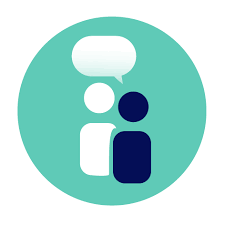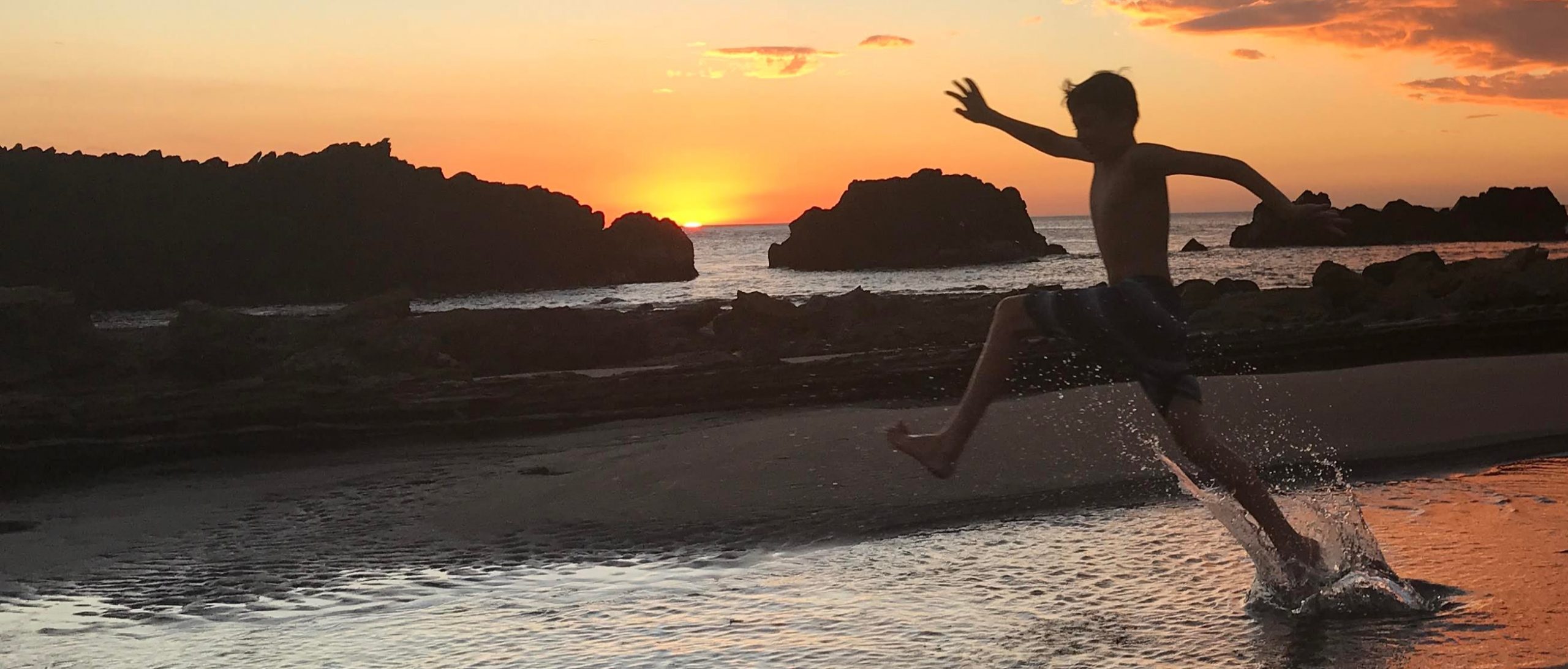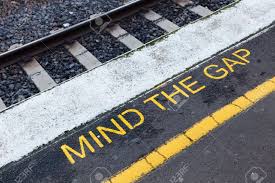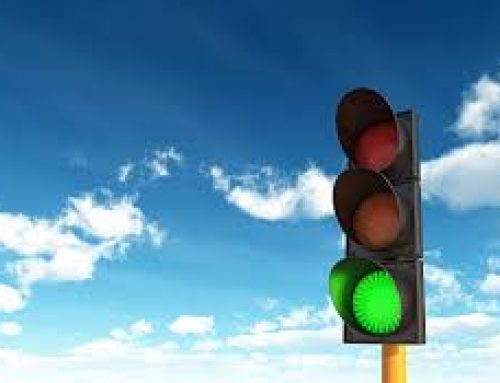A positive aspect of the COVID-19 pandemic was the opportunity to restructure the teacher-student relationship. It provided opportunities for teachers, parents, mentors and community members to re-orient themselves as Learning Coaches.
A Learning Coach is someone who sees and says things to help a student win at his or her learning. The context is a small yet fundamental shift away from teaching. Instead of content instruction, the focus is on relationship-centric practices that foster agency, growth and learning habits.
Even though we are back to in-person instruction, utilizing the perspective and approach of a Learning Coach can radically shift the relationship between Teacher and Student. To do this well, we work with Teachers to use the rich contextual orientation and three operational spheres described in this post.
Orientation
Causing Best Self
Operational Spheres
Help Establish The Playing Field
Support Gaps/Creative Resourcing
Reach and Reciprocity
Causing Best Self
Note: The idea of Causing Best Self is a significant aspect of our Framework for Availability that we train educators, managers and facilitators in through our online course. The basic idea is below.
Beyond a vague notion of pop psychology, the context of Best Self can help ignite self-directed learning – a critical component of education that teachers rarely receive direct instruction about how to develop this vital trait. Having the teacher/coach understand and use “Causing Best Self” as a frame of reference shapes a needed foundation for any educational environment.
The idea of Causing Best Self is a solid, simple and elegant orientation that cuts through much of the barriers we often experience in communication and building relational spaces – even virtually. It creates a path of doing ‘with’ versus doing ‘to’ and produces faster activation of participation, learning, and collaboration.
In our work with groups, we created a definition of Best Self, and we find it to be well supported in research. We have seen it in action in hundreds of diverse settings. We say Best Self is an experience of, and/or an aspiration towards:
-
-
Self-agency
-
Being valued
-
Belonging
-
Connection
-
When students (and people in general) experience one or more of these, they have a sense of being their Best Self. Think about it for yourself: when you had an experience of any one of the four listed above, how did it feel to you? Were you proud of yourself, content or inspired? Were you interested in repeating whatever you did that caused that sense of Best Self? You felt this way because you experienced your ‘self’ meeting one of those basic needs.
Human beings also aspire toward these aspects. Students (and teachers, parents, etc.) desire experiences where they are autonomous, important, have a sense of being part of something and are in real relationship to others. This results in a powerful motivating force, any one of which can be used to help propel movement in the disaffected learner.

Because they are such vital aspirations and sought-after experiences, you can use these components of Best Self as a context or ethos to coach through. When coaches do this, they look for ways to give their ‘player’ an experience of self-agency, being valued, being connected and having a sense of belonging. This is a relationship-centric practice that can easily create a coach’s modus operandi. Using the lens of Best Self puts an expansive view of relationships at the forefront of the coach, and – as any great coach will tell you – paying attention to relationships significantly impacts success and human performance.
Finally, the key difference with this umbrella context is not what it is, but what it is not. It is not a drive for standards mastery, or testing improvement. It is not focusing on content achievement tracking or study habits. Those frameworks did not work well in the distance learning environment of a pandemic and they will not help a Teacher develop as a Learning Coach. What will work is relationship-based practices that put the learner at the center of their learning. This will take time to build momentum and see results, but we have a real opportunity with this context to reinvigorate a passion for learning that we all know often sees a steep decline from 4th to 9th grade. A Learning Coach who creates opportunities for students to have experiences of their Best Self while learning will find a ready and interested partner who will then be more willing to include some measure of needed competency and standards mastery. The added benefit for schools will be the parallel Social and Emotional development outcomes that will be achieved as students/coaches work concurrently on self-management, self-awareness, responsible decision-making and more.
Three Spheres of Work
The Learning Coach operates in three intertwining spheres as a basic framework with the learner. While any number of scenarios can work, we have found that one teacher needs 30 minutes a week/student to build a regular habit. This could mean 7-10 hours/week for a teacher with 15-20 students. This is a perfect role for mentors and community members to be trained in as well, which could free up time for the teacher to focus on higher-need learners.
Help Establish the Playing Field
This will be the biggest challenge for many teachers-as-coaches, as it upends a very traditional and mythical paradigm. Rather than the teacher outlining the scope and scale of the learning, a Learning Coach gives the pilot seat to the student. Why? Because students can build a self-directed learner muscle more easily if they are pursuing learning of their own choice and motivation, rather than something mandated or forced.
Within this sphere, the coach’s role is to help the learner define the playing field. The teacher will resist the temptation to define the playing field, but rather help the student think through:
-
What do you want to learn about or work on?
-
What will the learning look like?
-
What are the boundaries of study?
-
What might a final product look like?
Once a student has experienced some habit of self-agency and connection with the coach (key Best Self components), their disposition towards learning and their coach will shift and become more available – giving Coaches the chance to broaden the ‘playing field’ with learning that may not be student-choice.
Support Gaps/Creative Resourcing
The student-player is in the process of becoming just like all students – meaning he is not there yet. Hence the coach’s role to identify any areas that need extra attention and awareness. We find that the best method is to follow three steps: 1) Jointly align on what the gap is and get permission to coach; 2) Objectify the gap and coach from there using creative resourcing, and; 3) Combine when it’s time.
1. Jointly align/permission – Have a conversation to align on what gaps are present. Asking “What do you feel are things you might need to work on to have success with your project?” gives the student a chance to be the pilot. If you have perspectives to share about gaps you notice (and you have permission) share them. Prioritize which ones need attention first. We have found that every student from 4th grade on up (often earlier as well) has this ability to name their gaps. It is particularly important to note that they also almost universally appreciate the opportunity to go to work on them.
Permission is bedrock to coaching. We do not proceed until we have permission from the player to be their coach. This is a profound act and one that shifts the “doing to” mindset for both the coach and the student. It creates a spirit of mutuality and shared-responsibility. Read more about our take on Permission.
2. Objectify gaps – Rather than make the gaps a personality flaw or labeled as something ‘wrong’, turn them into objects and coach for success. If you have both identified that “procrastination” is going to get in the way and needs to be improved, put on your creative coaching hat and send in a ‘play’ to practice that object (objectifying the gap separates it from the content and makes it easier to work with). In this way, learning coaches do not need to be content experts, they need to be creative resource experts. A good sports coach does not look at a player who needs to run faster and says “run faster”, she devises strategies and games and drills that build speed. The Learning Coach must be fantastic at piecing together an array of resources that meet the needs of the student-player. Coaching creatively takes thoughtfulness. Our experience with coaches and mentors is that they stop way too early when looking for a creative solution. Let your imagination run and you will find that the more creative the play, the more success it will bring.
3. Combine when it’s time – Great coaches will break new learning into specific tasks only in the beginning. Once there is basic familiarity, combine gap responses
A recent teen I worked with was keeping his eye on two distinct aspects of himself to work on: procrastination and communication with his family: I combined his gap practice and coached him to share out loud with a family member when he was starting his learning, what he planned to accomplish and when he anticipated finishing. We tracked this ‘practice’ each day and talked about it’s impact, and a real shift came about in both areas.
Supporting gaps could look wildly different for different learners. Some may identify encouragement, or help finding information, or specific competencies like writing or solving for ‘x’. Your role is not to ‘run’, your role is to recognize that the student cannot see themselves when they are ‘running’. Coach towards the gaps you see, starting with the ones you both can align on.
Reach and Reciprocity
This is the serve and return methodology of early childhood educators and the heartbeat of an experiential pedagogy. The first three steps have been detailed above.
-
Identify the gaps or the learning the student is interested in
-
Creatively resource the gap
-
Have the student run the play
-
THEN: Promote dialogue on performance and effort.
-
-
How did that go?
-
What worked? What did not work?
-
What was the value of that for you?
-
What would you do differently in the future?
-
-
-
Repeat as needed, adjust or move on. Develop the routine so that you both get used to the learner ‘running a play’ and then returning to talk about it.


Leave A Comment